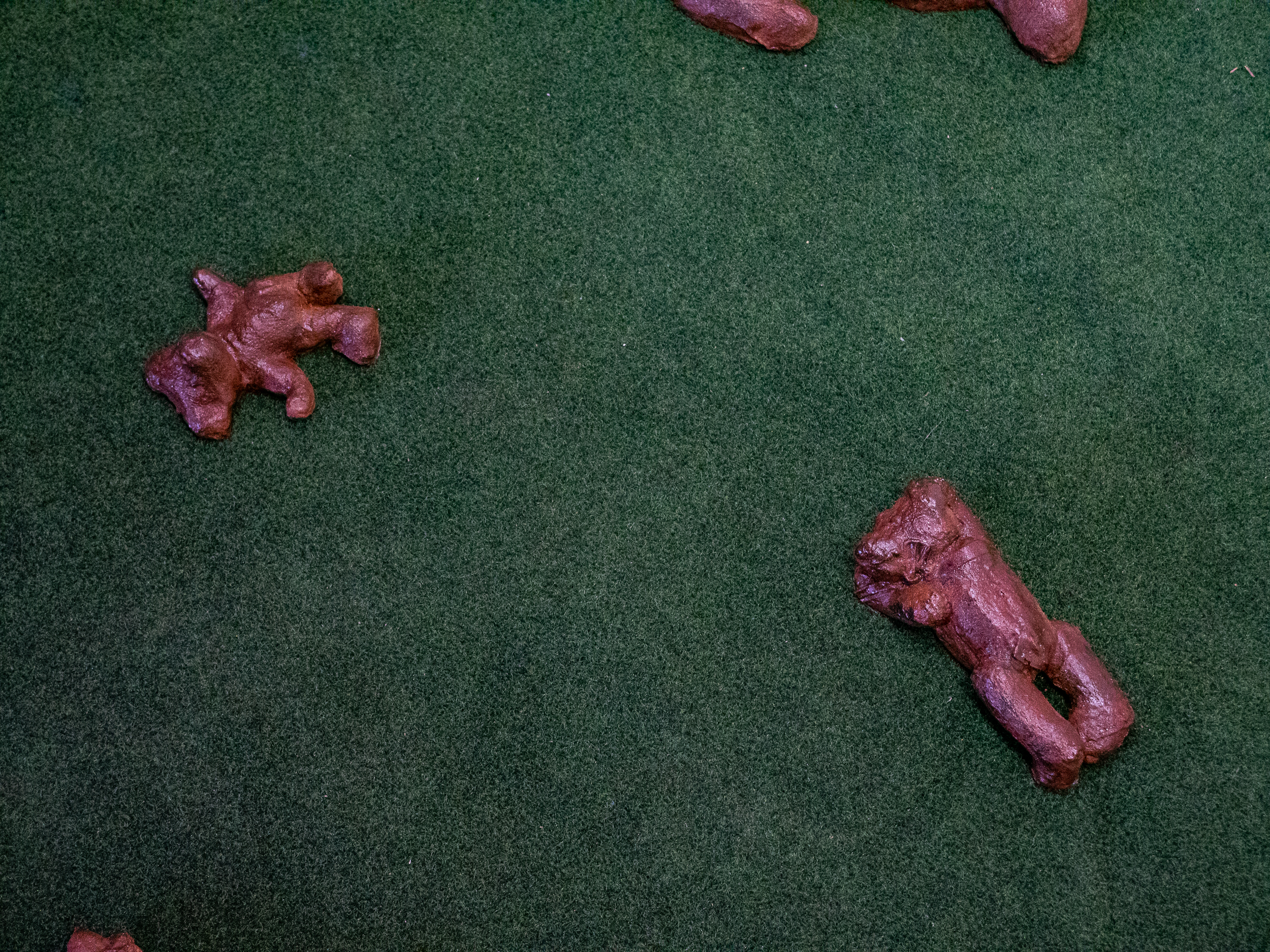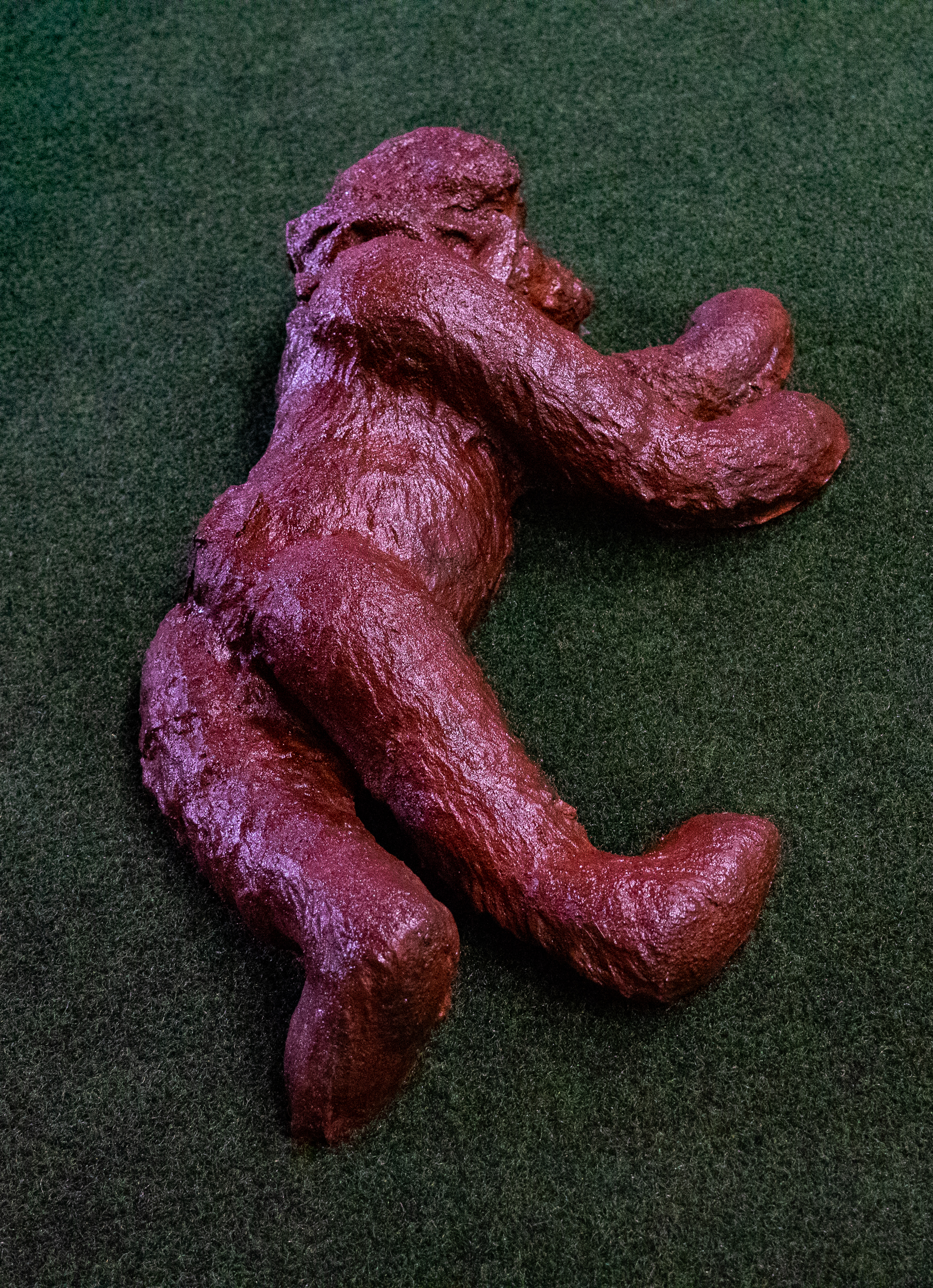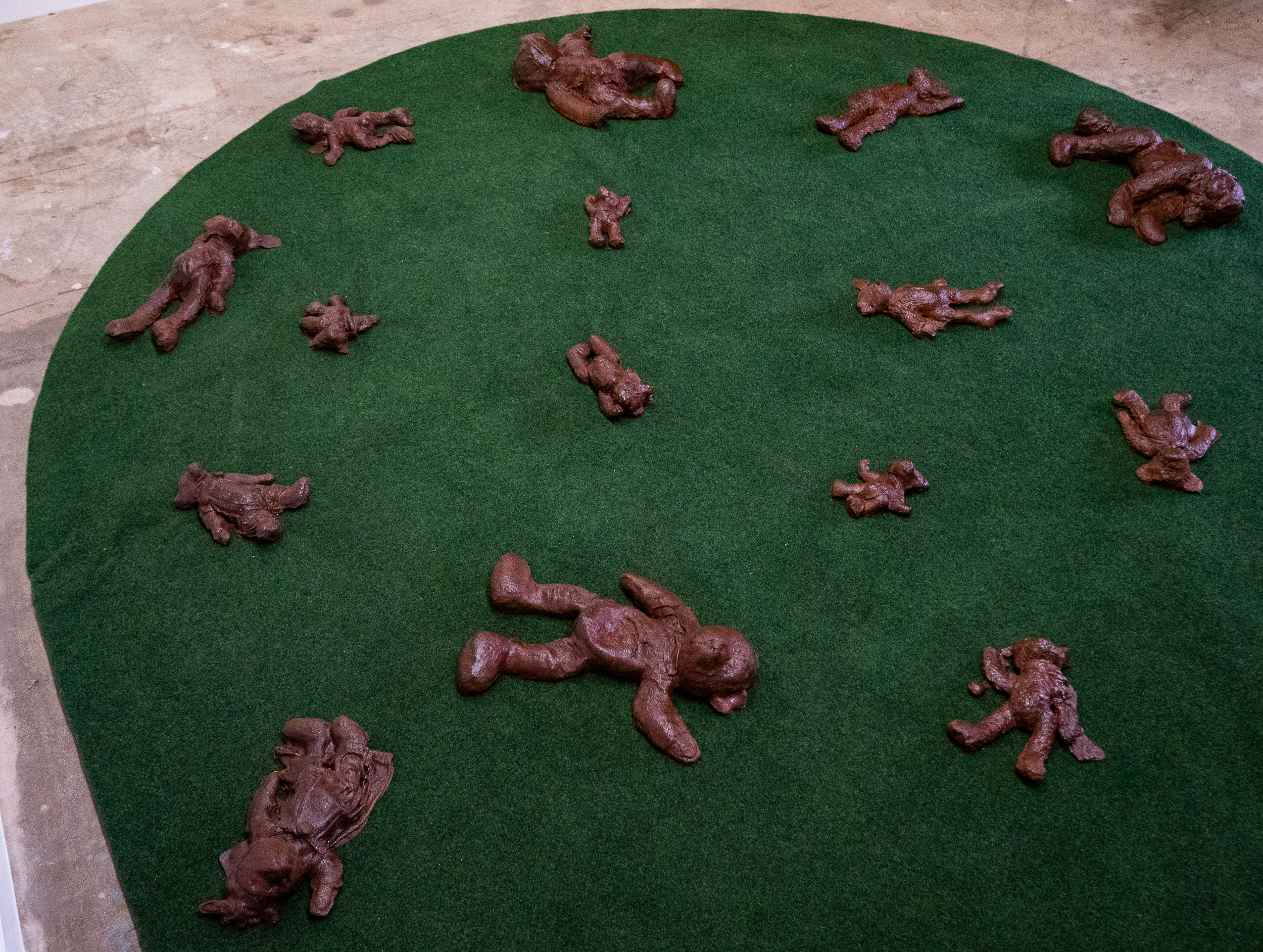A single act of breathing
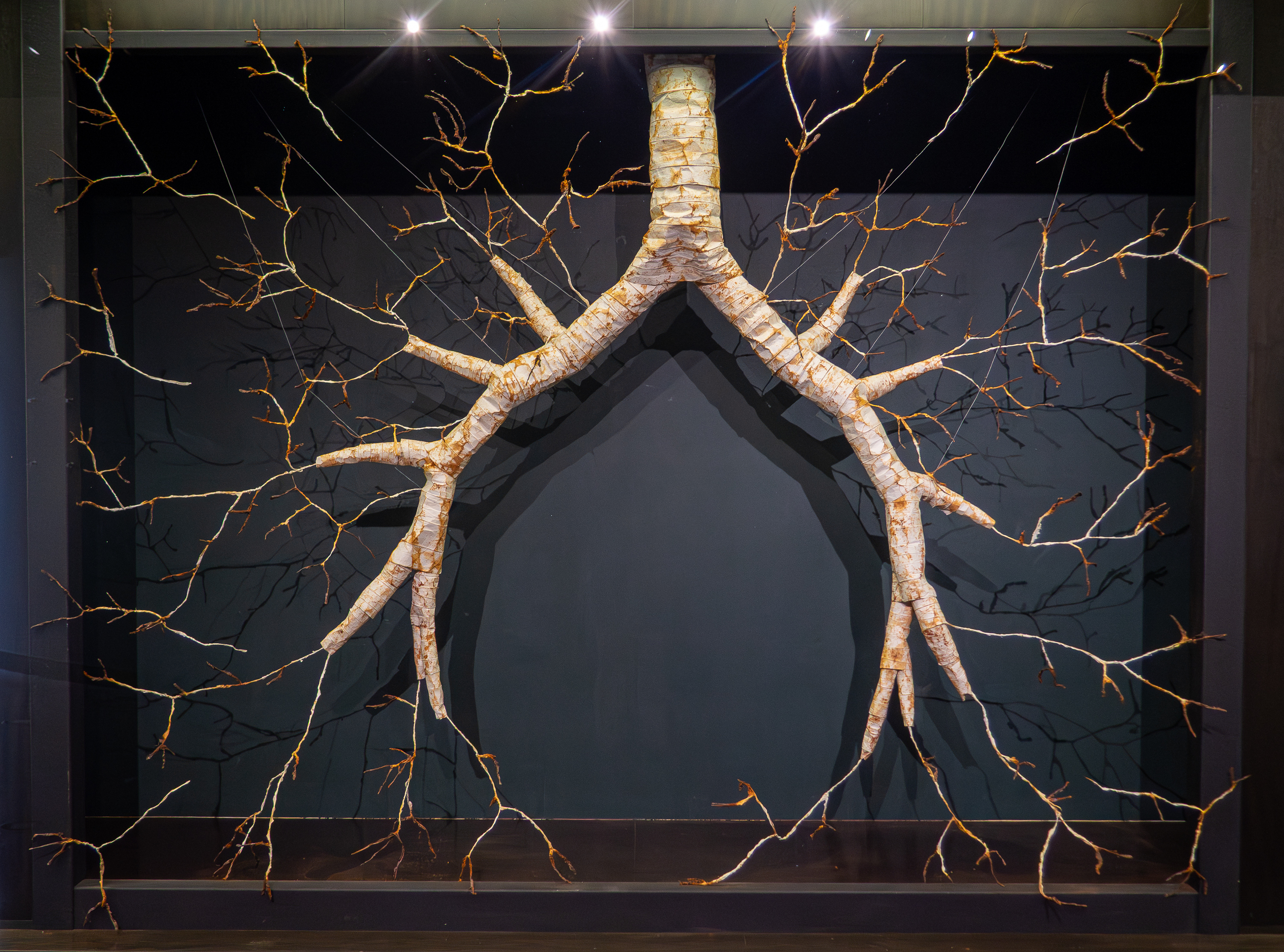
Created during a residency at Satoko Ueno’s Uchiyama washi papermaking studio, the work was part of Branching Out, an exhibition at the Shiga Kogen Roman Museum with Manami Ishimura, highlighting Kijimadaira Village’s 200-year plan to restore a beech forest on former cattle ranch land. This small rural community is united by a vision to replant what once thrived. A Single Act of Breathing mirrors that fragility and care, serving as a meditation on our mutual reliance and a call to continue stewarding nature for future generations.

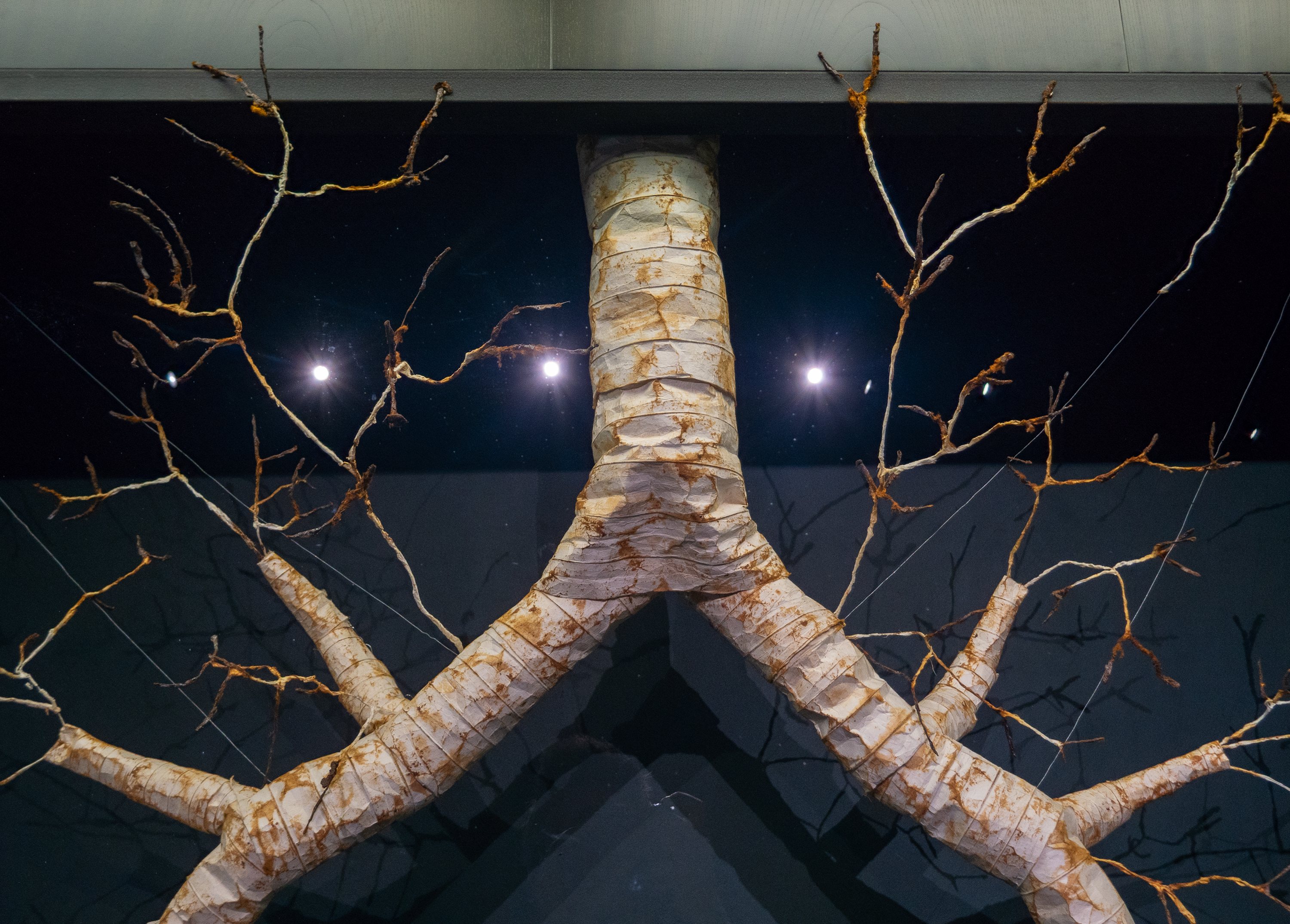

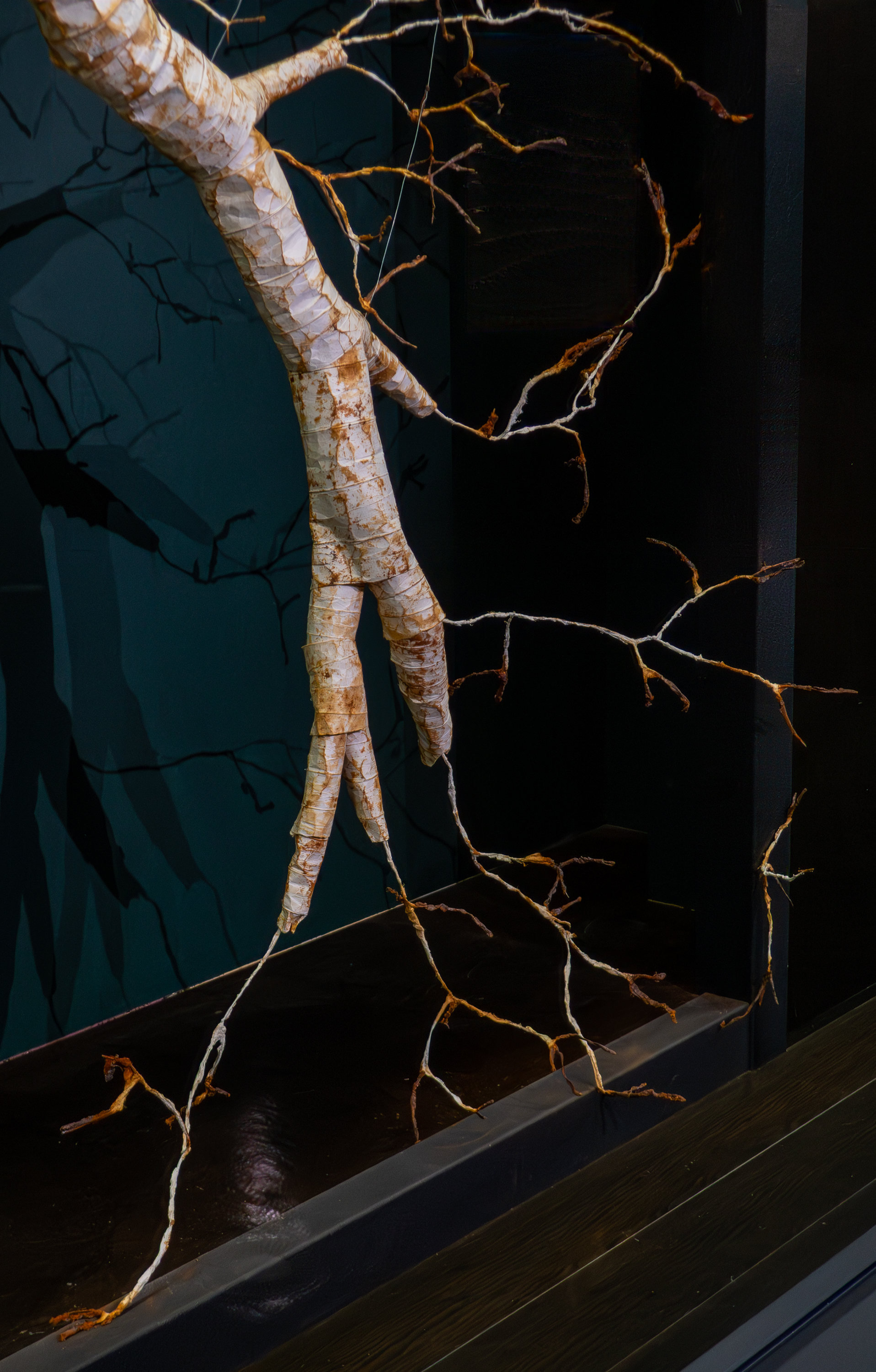

Using kozo grown in Satoko Ueno’s fields in Kijimadaira, the fiber was harvested, processed, and snow-bleached the season before the residency. During my time in residence, it was cooked, cleaned, and beaten into pulp with a Hollander beater. I formed sheets in the Western style, embedding wire between two wet sheets of pulp. These were partially dried with a vacuum and then adhered to a steel water dryer.
Once the paper was made, I sculpted it into columns, creasing and bending the sheets to evoke the texture and movement of an esophagus. The arteries were created by shaping wire and dipping it through kozo pulp suspended in water. After drying, the tips were coated with glue and iron, then encouraged to rust with a special “rust juice”. The column sheets were dragged through the residue of that rusting process to produce a bark-like surface, emphasizing the shared presence of iron in both human blood and the earth. The final work was assembled and installed on site at the museum using wire and magnets.
Her secret voice, if soundless then possibly visible, might work out of her terrible mouth like a vine, preening and sprung with flowers.

Her secret voice… represents often overlooked but impactful women’s labor through corroding doily forms, white women’s complicity, and the reliance of the American South on cotton to amass the nation’s wealth. The fiber in these sheets consists of raw cotton grown in Alabama, processed through laborious hand papermaking into large sheets. The floating rusted forms traipse across the paper, bright orange with iron dust and are impressed into the sheets from actual vintage doilies largely produced by women to beautify their homes. The doilies also look like floating cells or falling snowflakes, connecting to the change of the seasons and organic matter.
The cotton was gathered from discarded Auburn University soil science studies and holds the long, fraught history of the crop in America. Cotton drove our country’s wealth due to profiting off of slave labor in the 18th and 19th centuries. It is still used worldwide and is an essential cash crop and export. The corrosive rust tears away the integrity of the paper, which also naturally appears flesh-like and wrinkled akin to Caucasian skin. The title comes from Eudora Welty’s short story “Moon Lake” that is part of her series that takes place in Morgana, an imaginary, but quite real, small Mississippi town. The white female figures she describes hold space in our conflicting narratives of the past and its impact on the present, visible and invisible, terrible and beautiful, preening and sprung with flowers.
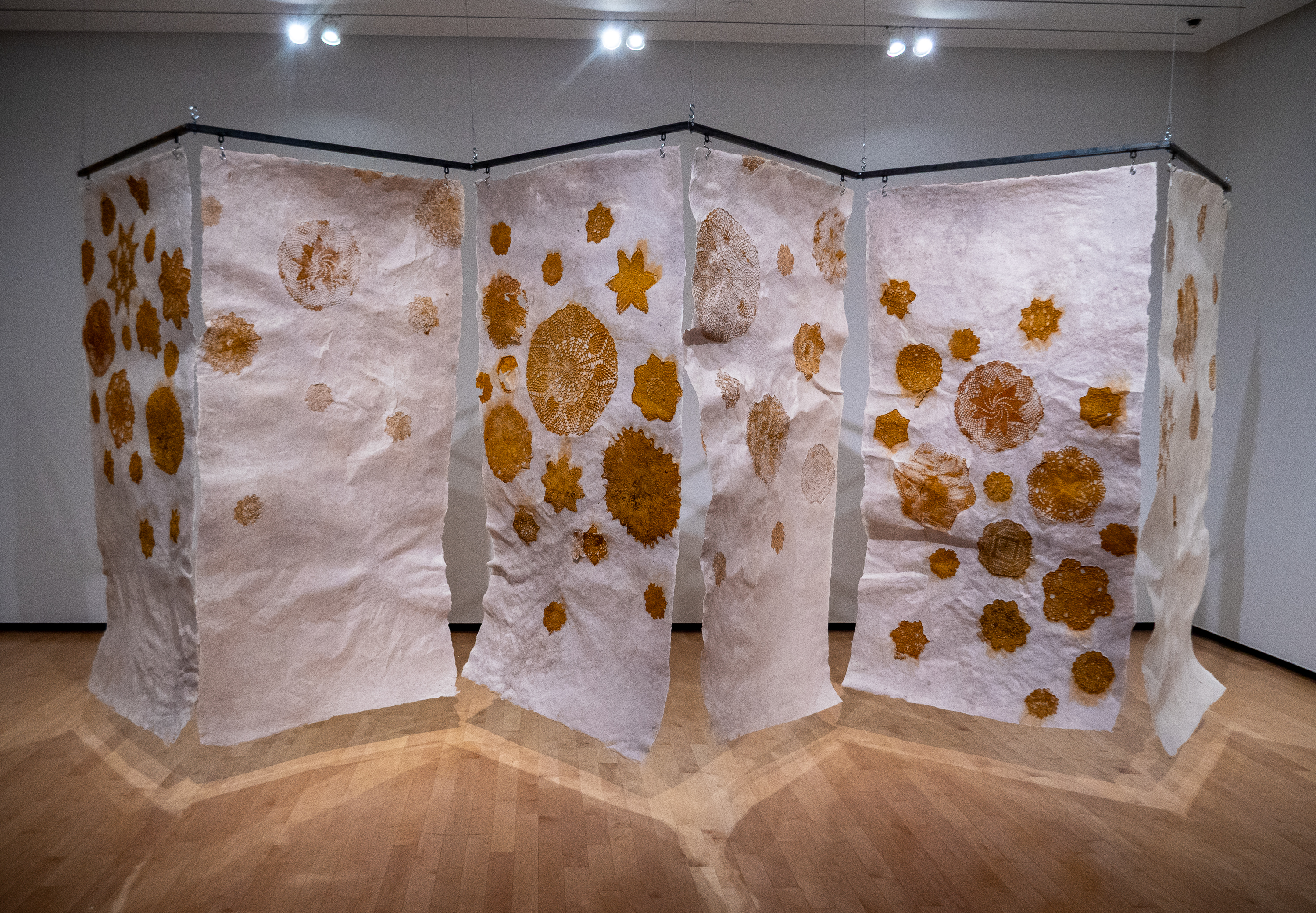
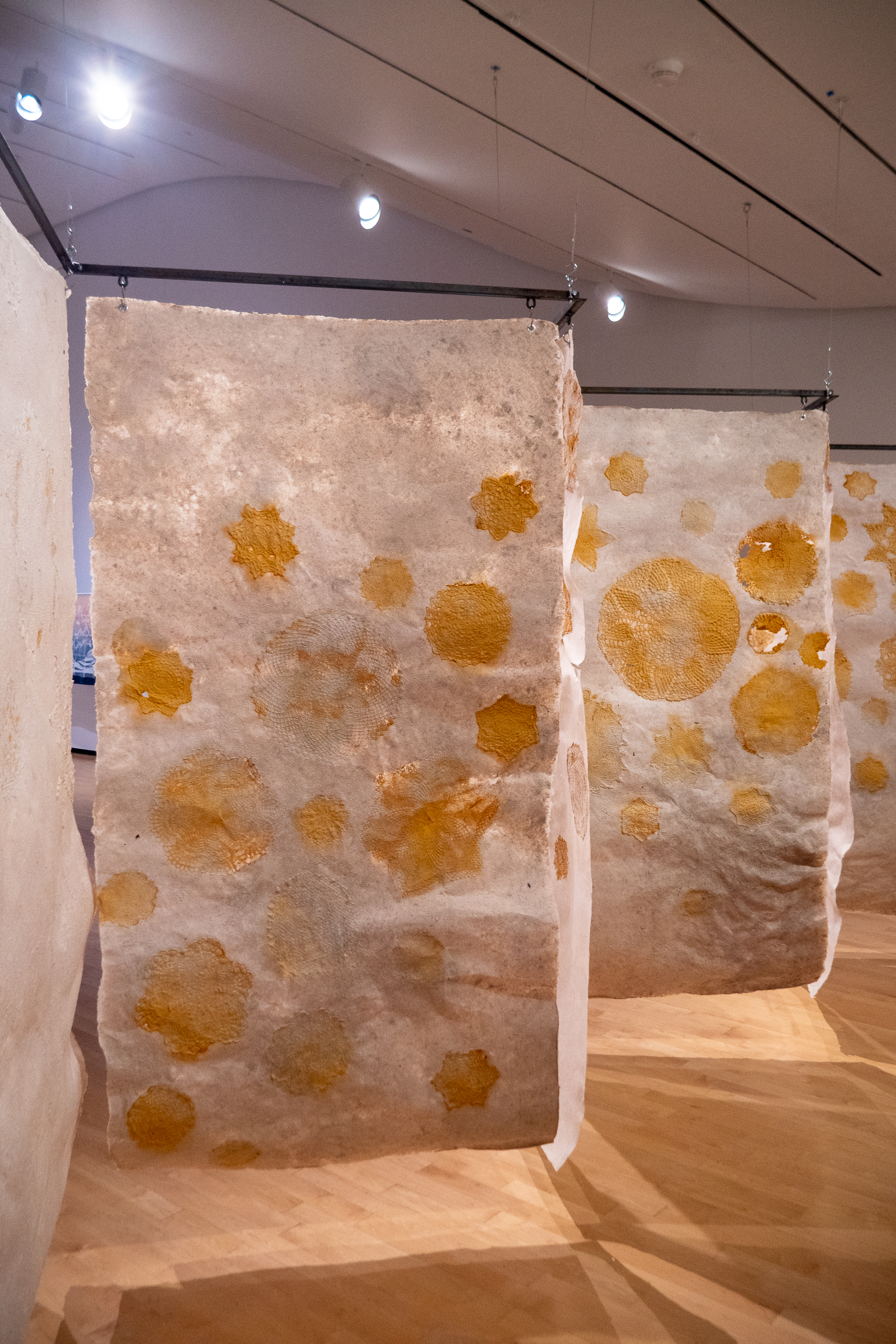

Garden of Earthly Delights






The Garden of Earthly Delights is an ongoing series of castings made from doilies and rope. Combined and cast into iron, the once flexible fiber becomes frozen in its cast iron form. Delicate and thin, with the doilies appearing similar to leaves or flower heads, their forms evoke garden detritus or arteries delivering blood to an extremity. Dyed in shades of green and transfigured into iron, the works together become a dystopian garden. Combining women’s decorative craft with marine ropes and casting it into an industrial material creates a new representation of growth, foreign and familiar.
Nebula

Artist made paper recycled from her used bed sheets, rusted doilies, steel, 8’x8'x4', 2023
Nebula is a diptych of two large sheets of handmade paper backed with rusted doilies. Each bed sheet was pulped separately and then poured together in a spiral pattern around iron castings and sprinkled with glass, gold, and iron dust. Reinforced by the rusted doilies on one side, the decorative craft is transformed into mitochondria or floating phenomenon.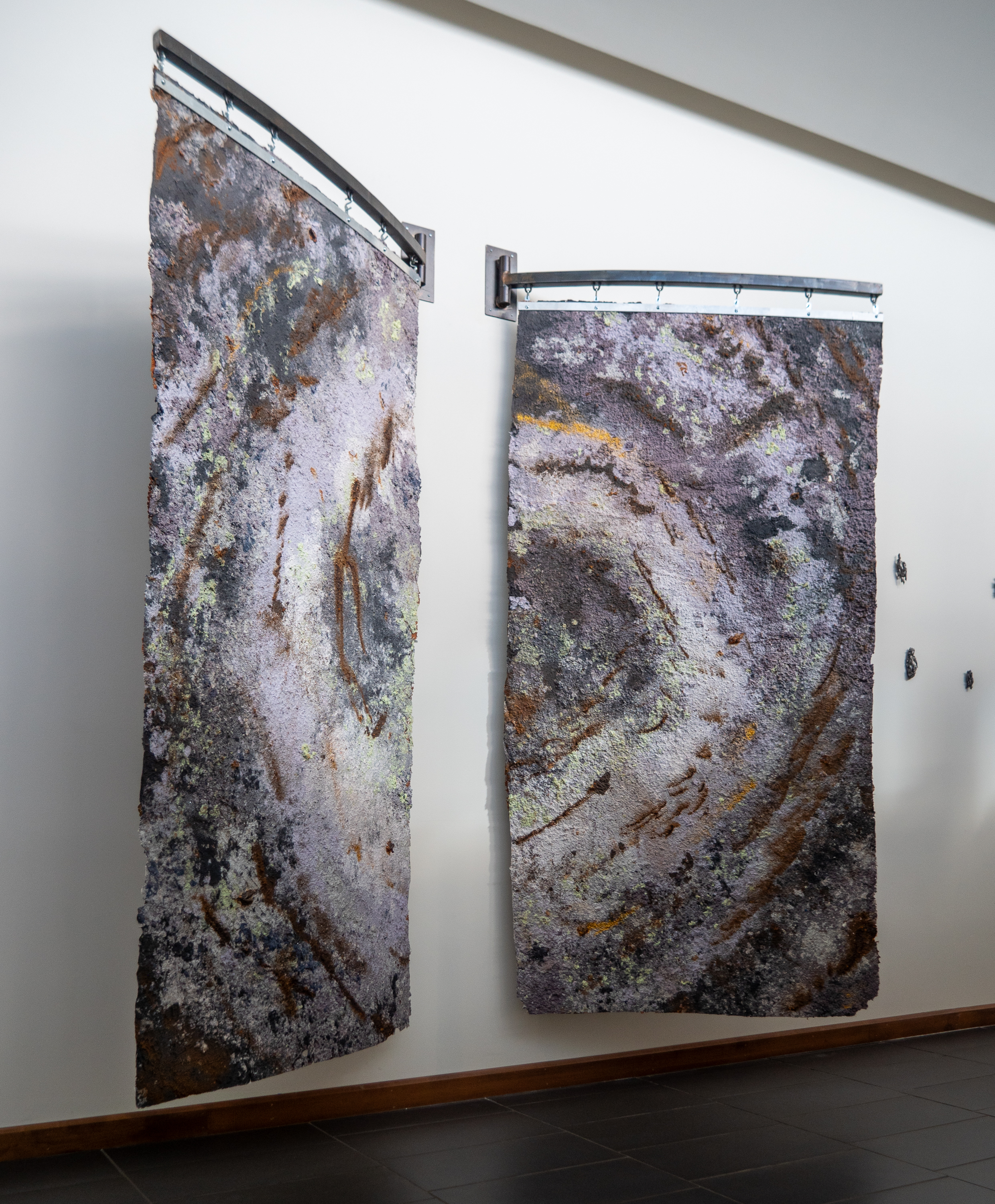



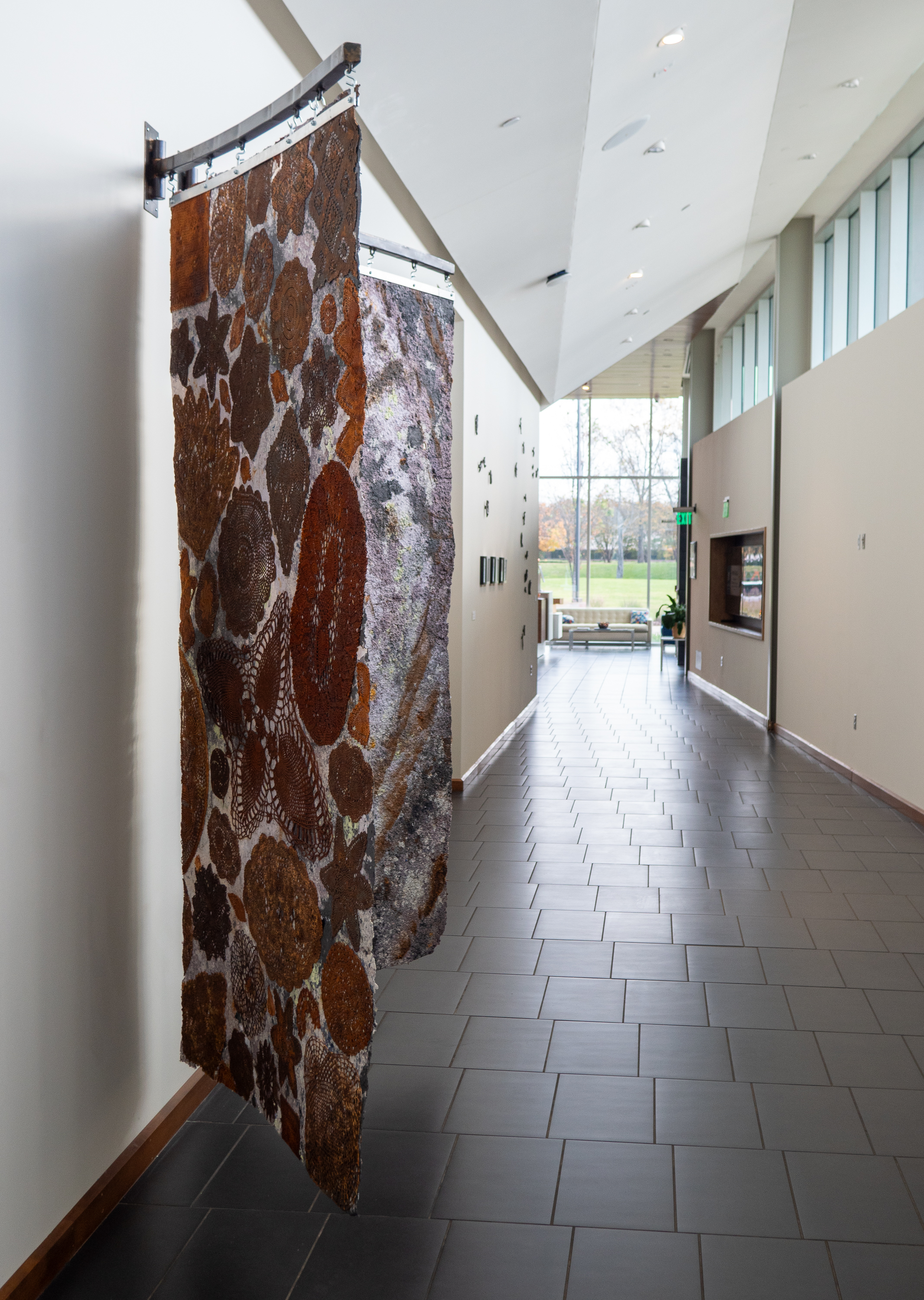


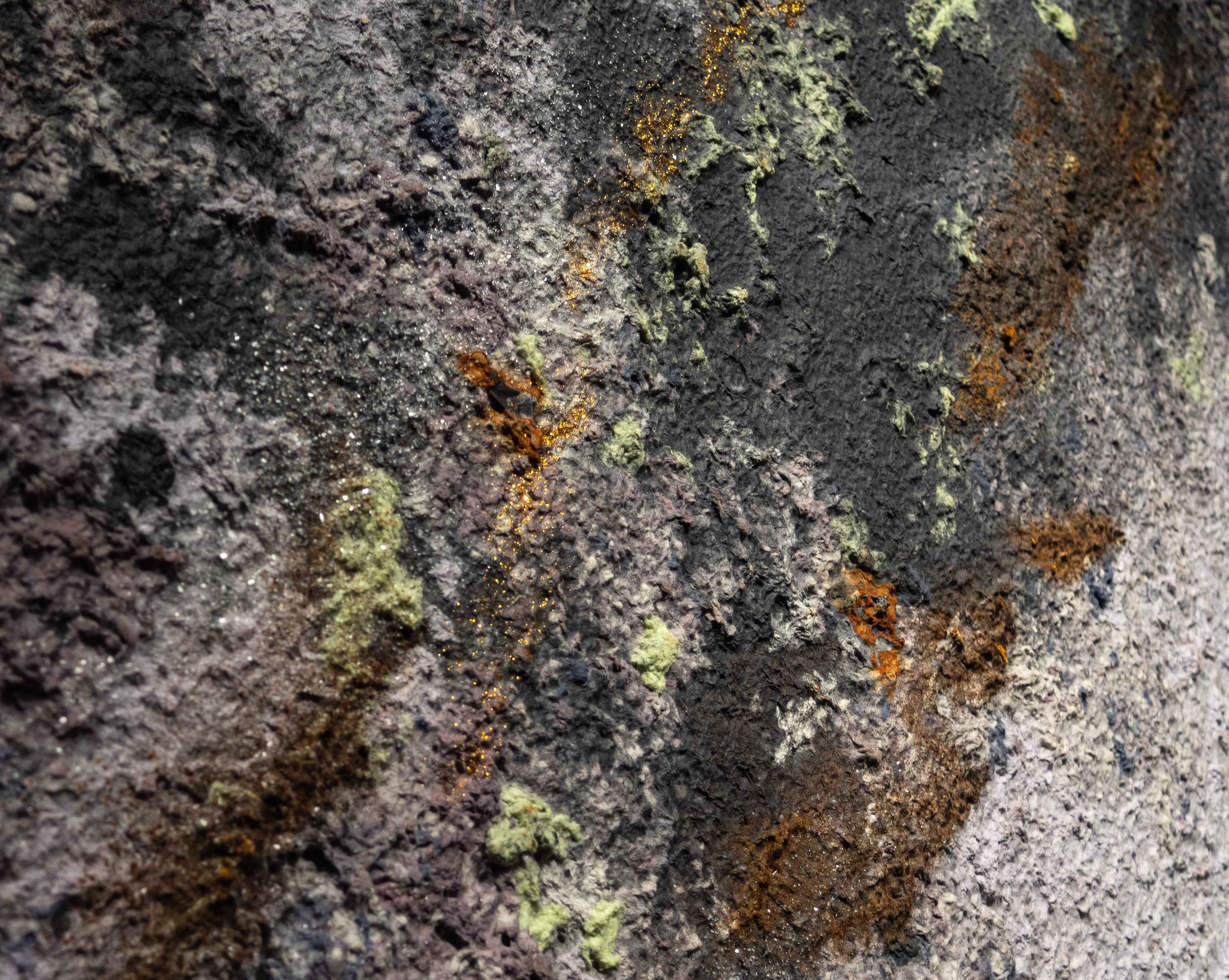



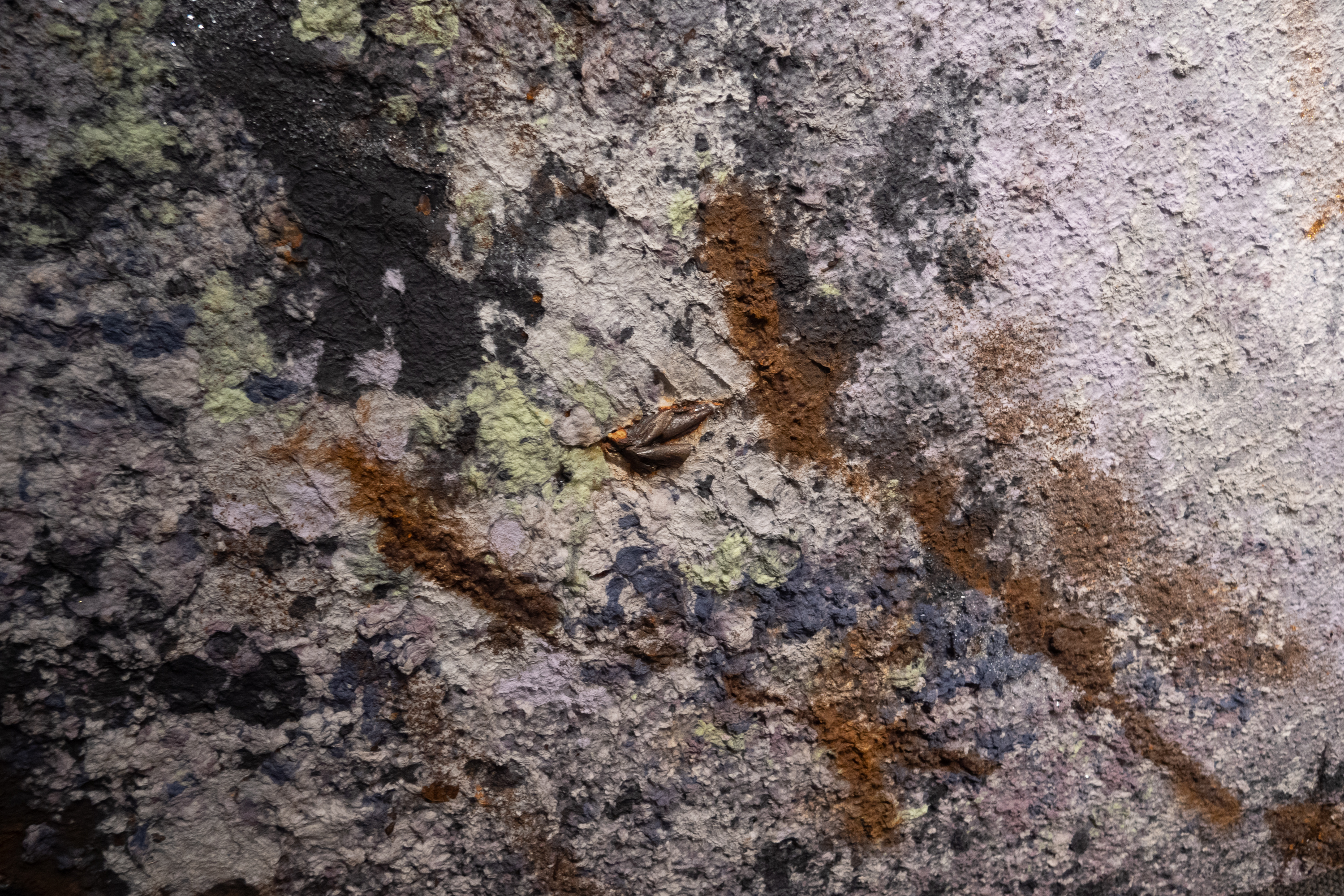
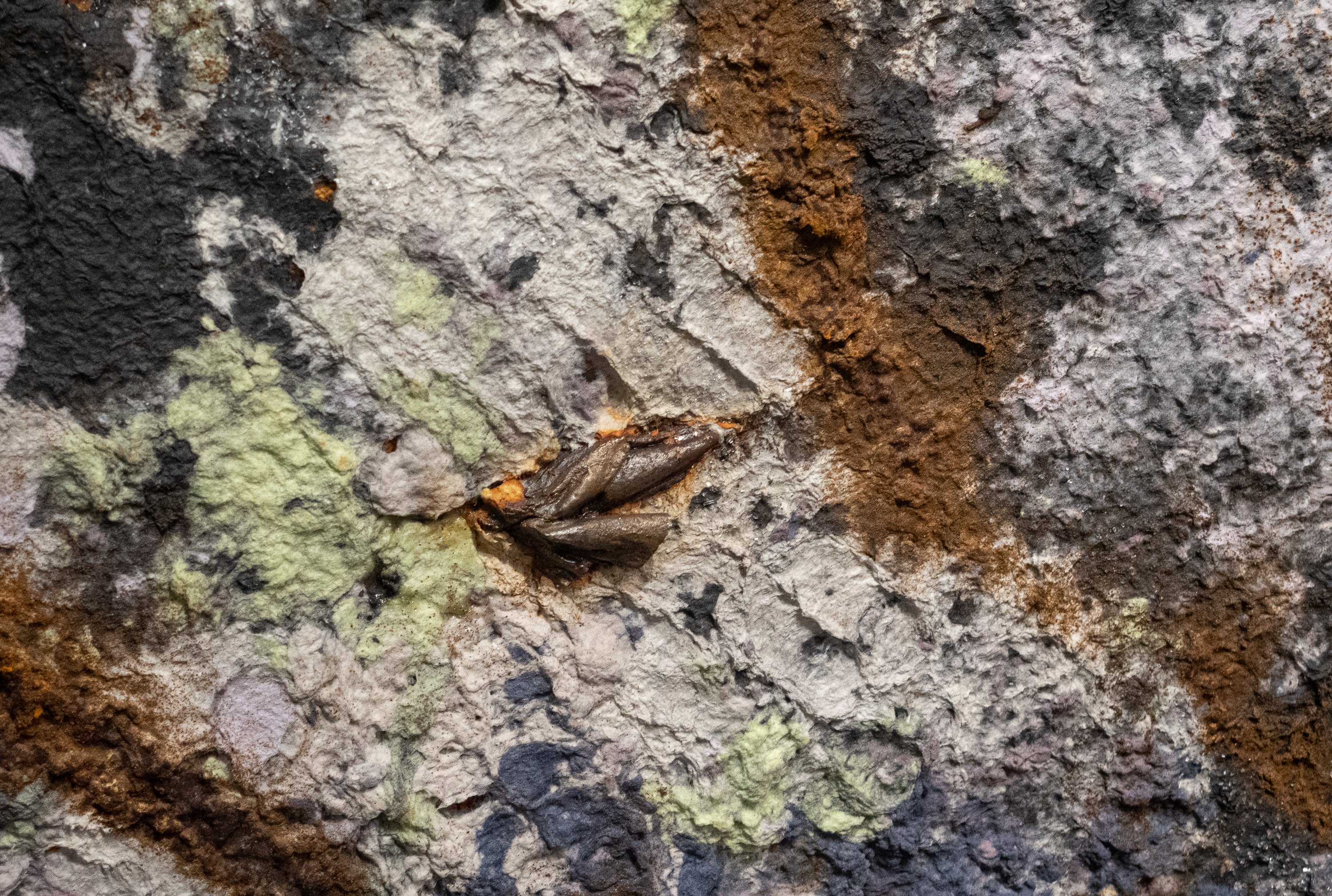




Thoughts & Prayers

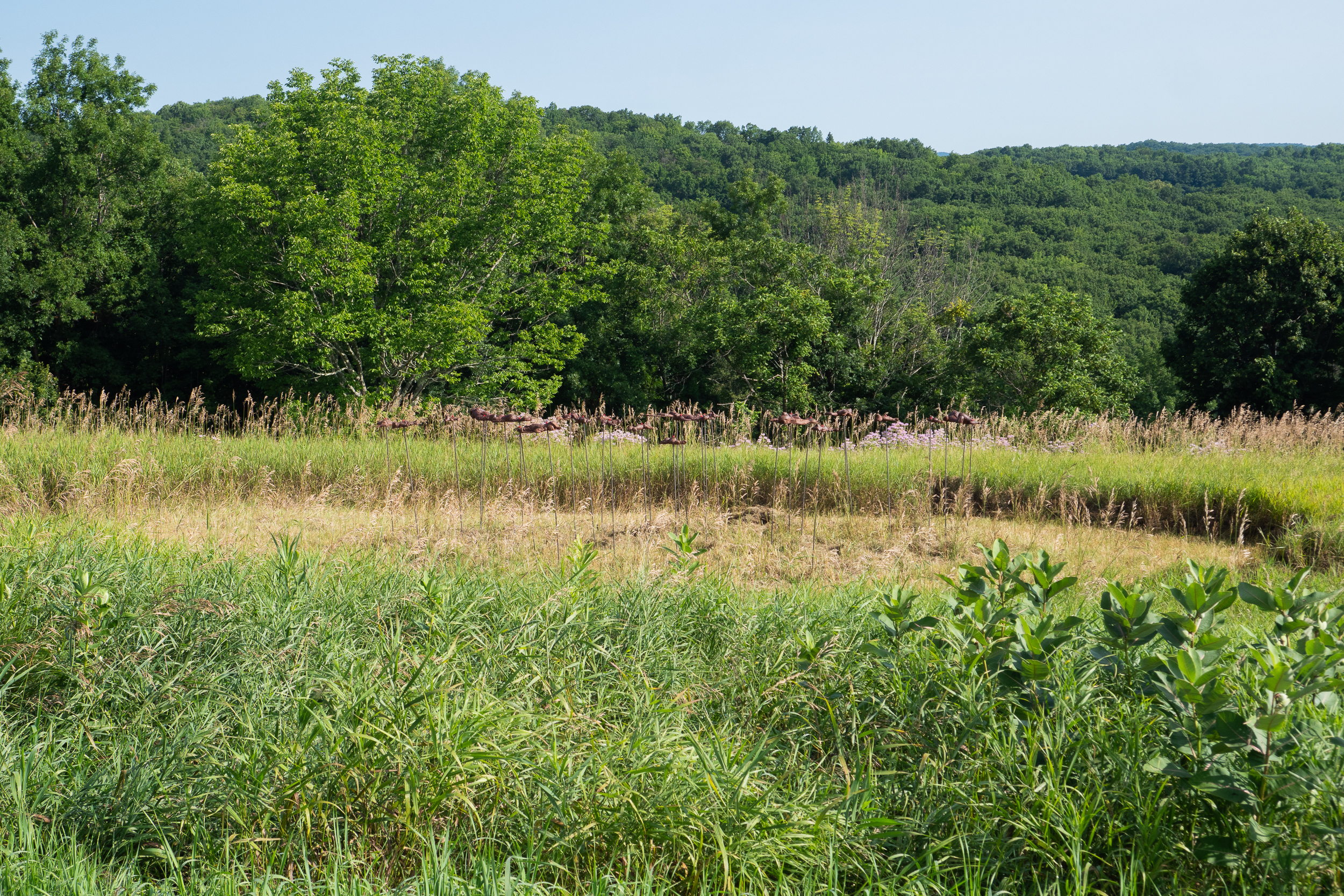


Twenty-three cast iron teddy bears lie prone, suspended above the earth speared through with steel rod and bolted in place with bright red hardware. Floating in an oval arrangement, the bears lay frozen in space dejectedly, abandoned by their previous owners. Their figures stand in for victims of gun violence, now the leading cause of death for children in the United States of America. Thoughts & prayers are expressed after mass shootings or horrible, violent gun deaths time after time instead of action. We have become numb to the violence and the risk inherent with public and private space.The teddy bears were chosen for their association with childhood, innocence, and the ability to provoke empathy. Teddy bears are often left at sites of violence as temporary memorial markers. Transformed into iron, they are heavy and fixed in place, permanent markers of the past victims who have become all too common in our daily landscape. On display at the top of Cary Hill Sculpture Park at Salem Art Works in Salem, NY.










Gallery Installation



